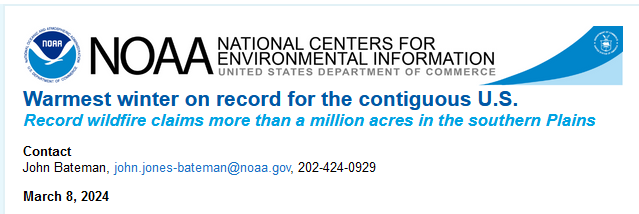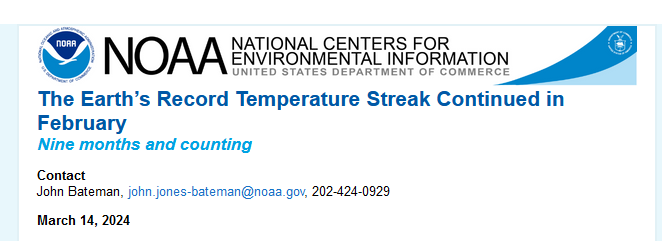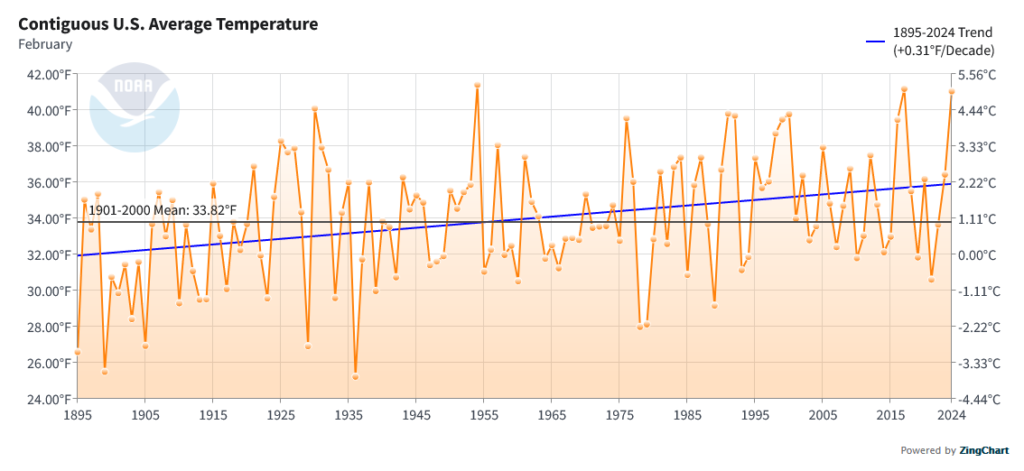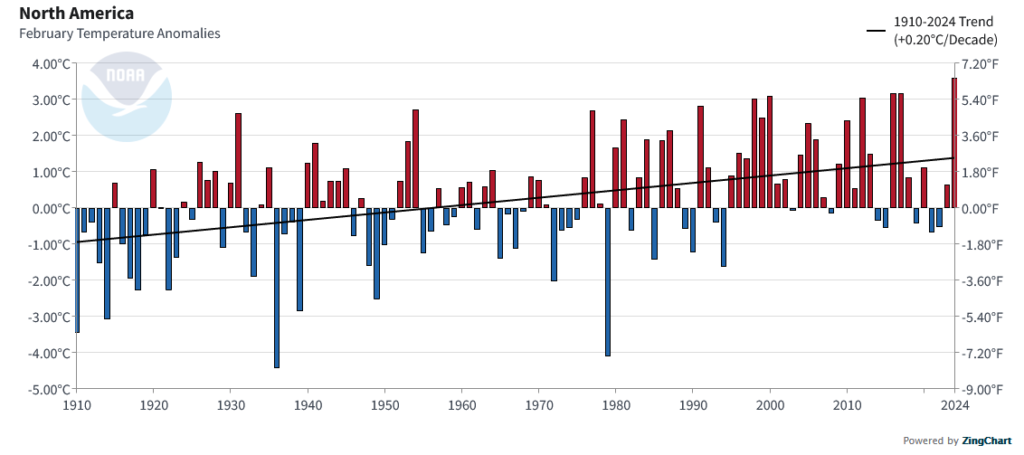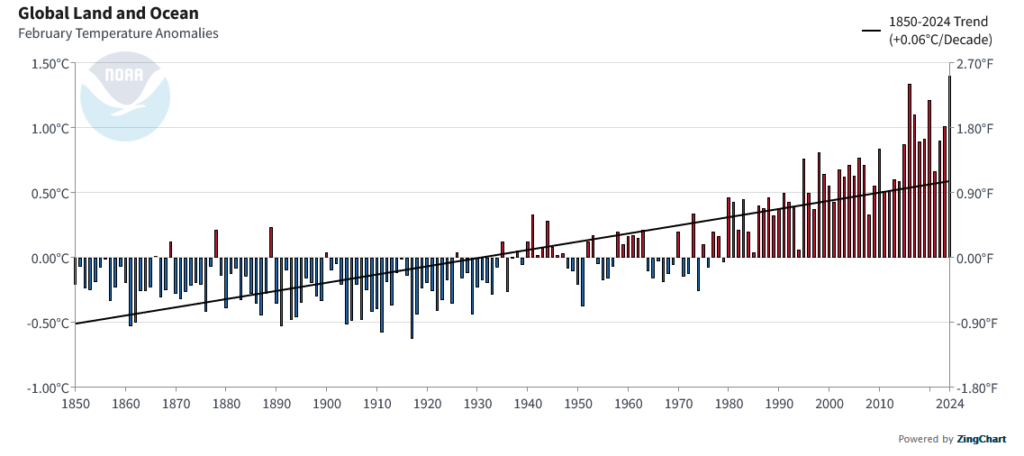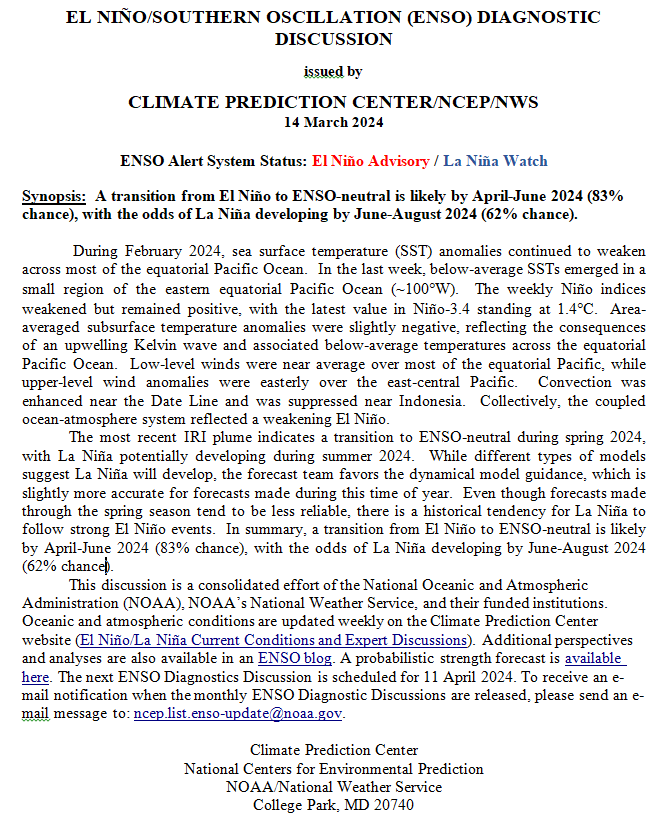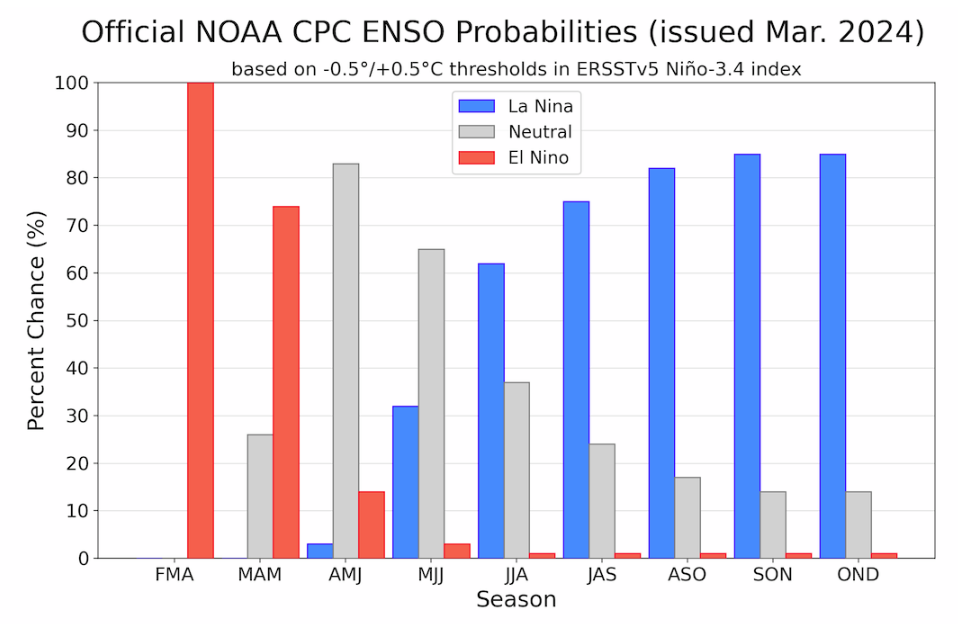Today Through the Fourth Friday (22 to 28 days) Weather Outlook for the U.S. and a Six-Day Forecast for the World: posted March 22, 2024
It is difficult to find a more comprehensive Weather Outlook anywhere else with the ability to get a local 10-day Forecast also.
This article focuses on what we are paying attention to in the next 48 to 72 hours. The article also includes weather maps for longer-term U.S. outlooks and a six-day World weather outlook which can be very useful for travelers.
First the NWS Short Range Forecast. The afternoon NWS text update can be found here but it is unlikely to have changed very much. The images in this article automatically update.
Short Range Forecast Discussion
NWS Weather Prediction Center College Park MD
Fri Mar 22 2024
Valid 12Z Fri Mar 22 2024 – 12Z Sun Mar 24 2024…Heavy snow likely for portions of the Lower Great Lakes and interior
Northeast……A wet weekend ahead for the East and West Coasts…
…Significant Winter Storm likely across the Northern Plains and into the
Upper Midwest late this weekend into early next week…A developing low pressure system will produce snow showers across parts of
the Midwest and Upper Great Lakes today. This same system will shift into
the Ohio Valley this evening and dump a swath of heavy snow from downwind
areas of Lake Ontario into much of central/northern New England. Snowfall
totals of 6-12 inches are expected by Sunday morning for those areas.A second system will track across the Gulf Coast and dump showers and
thunderstorms over the Southeast and into the Mid-Atlantic today/tonight.
Heavy rainfall within scattered to isolated thunderstorms will spread
across the Carolina coast and up the Mid-Atlantic to Northeast urban
corridor where 1-3 inches of rainfall are possible with isolated higher
amounts. A Slight Risk of Excessive Rainfall leading to Flash Flooding
(level 2/4) is in effect from southern Maryland and the DC Metro area up
the coast through Philly, NYC and into Boston’s metro on Saturday.A third system in the Gulf of Mexico will propagate toward the Straits of
Florida where it will stall out later today. Anomalous moisture from the
subtropical Pacific will join with moisture from the Gulf of Mexico to
produce heavy to Excessive Rainfall as well as strong to severe
thunderstorms over extreme southern portions of Florida this afternoon and
evening. Thus, Slight Risks of Excessive Rainfall (level 2/4) and Severe
Thunderstorms (level 2/5) are in effect for this area.Elsewhere, a deep low pressure system will bring unsettled weather to the
West this weekend. Heavy rain is likely to focus over coastal areas of
northern California into southern Oregon, while heavy snow develops over
the northern/central Sierra and Shasta Siskiyous. Anywhere between 2-4
feet of snow are likely for those areas with isolated higher amounts
possible. This system will weaken as it moves inland and spreads snow
showers across the Rockies on Saturday. By Sunday, this system will begin
to redevelop over the Front Range into a significant Winter Storm.

